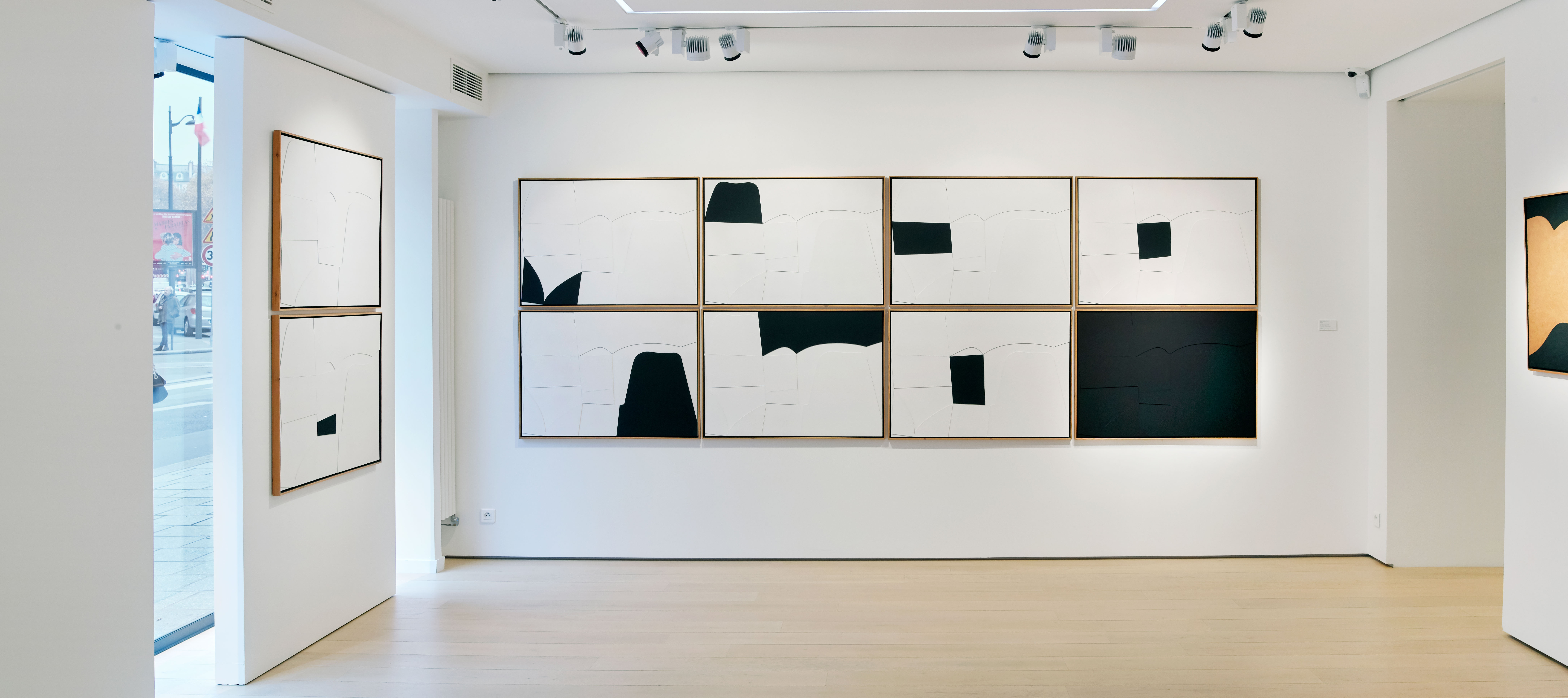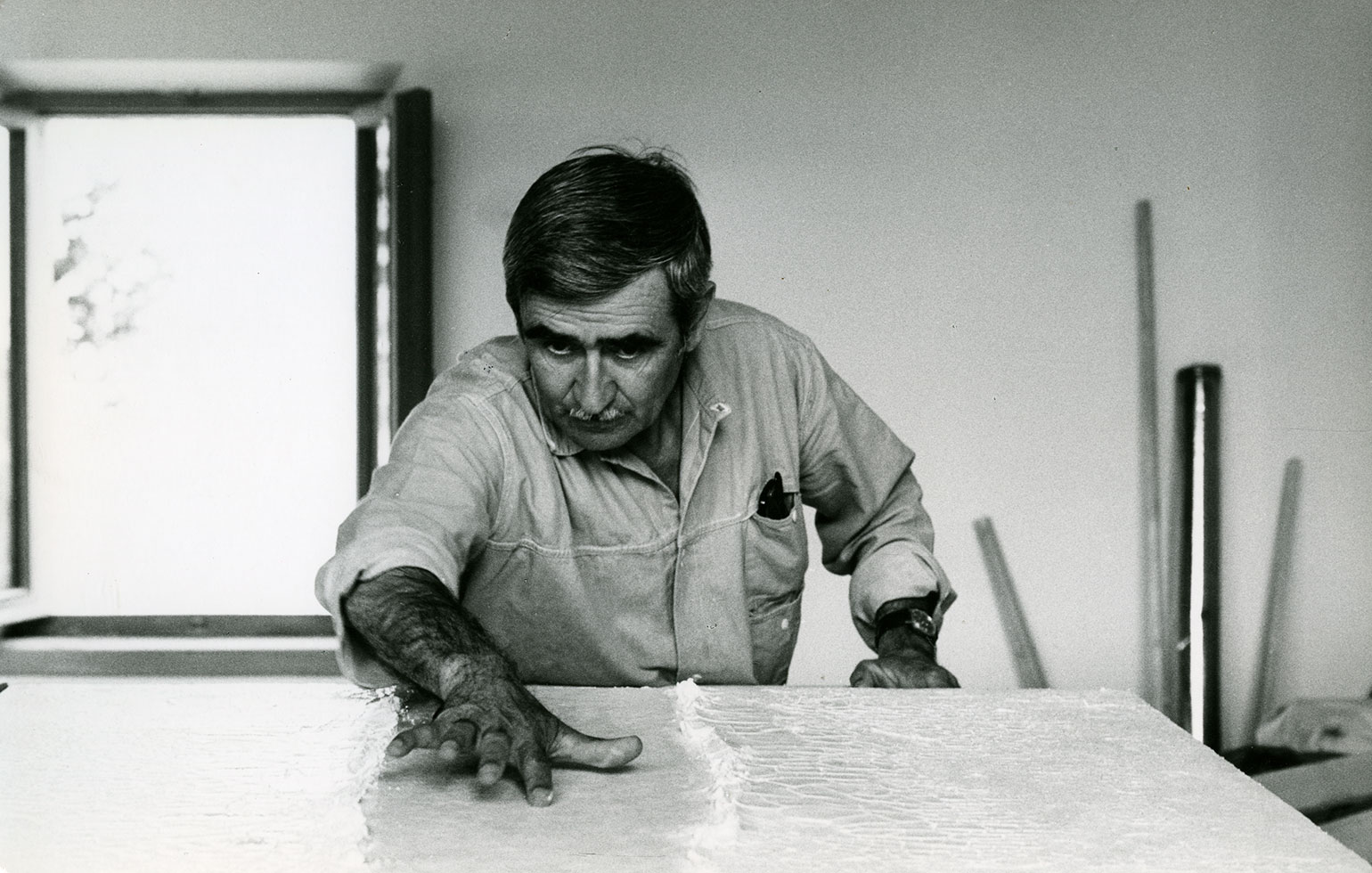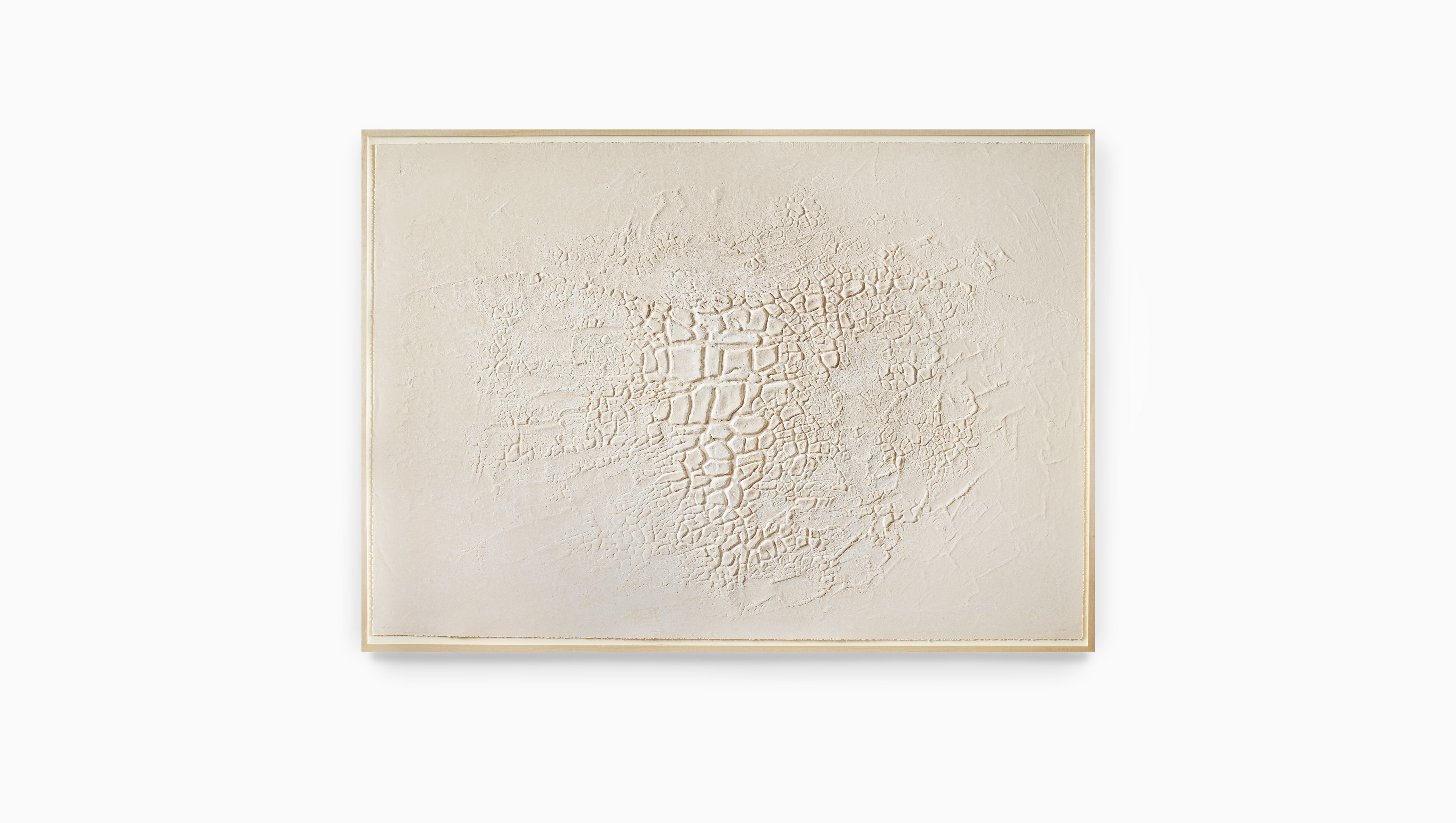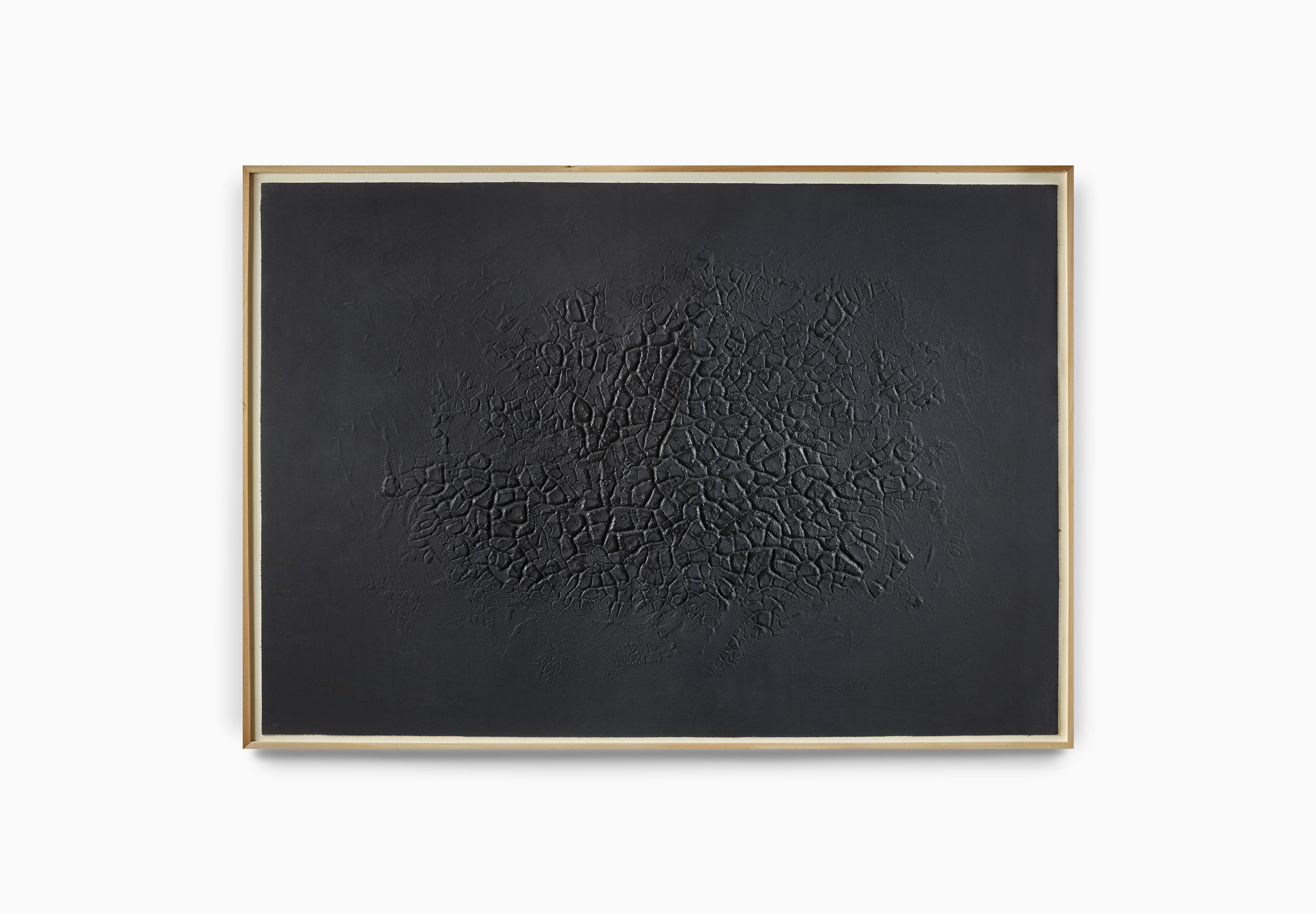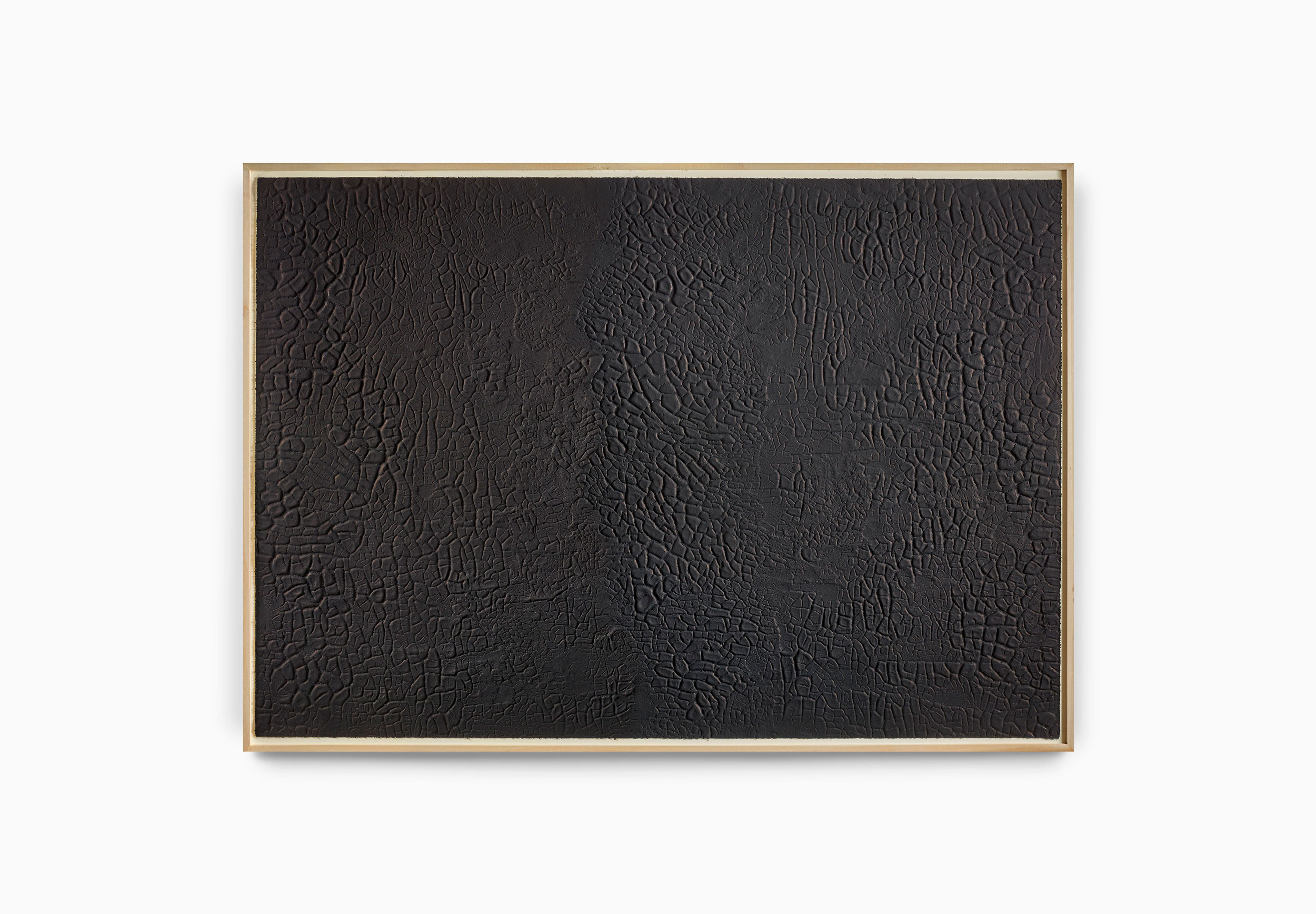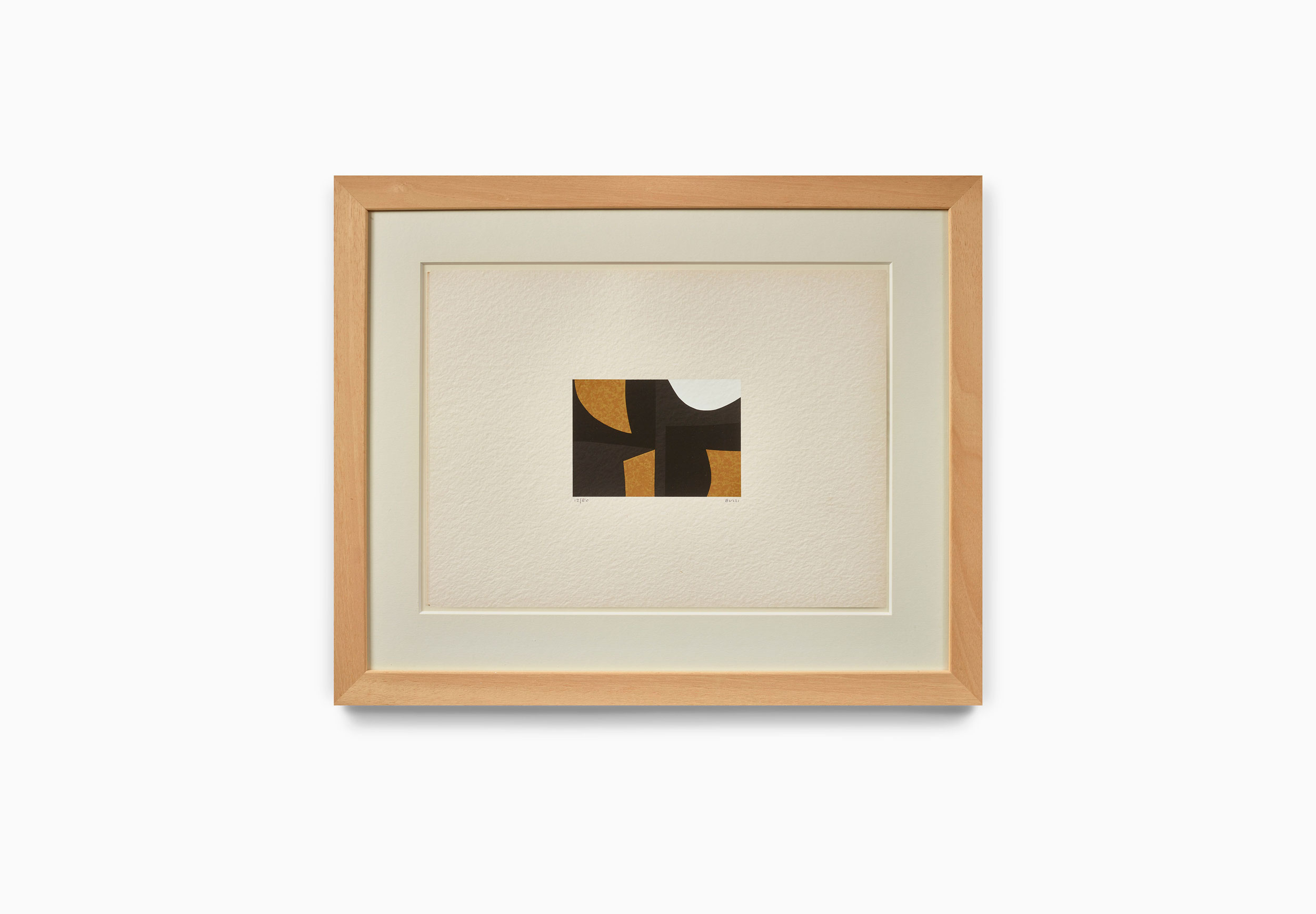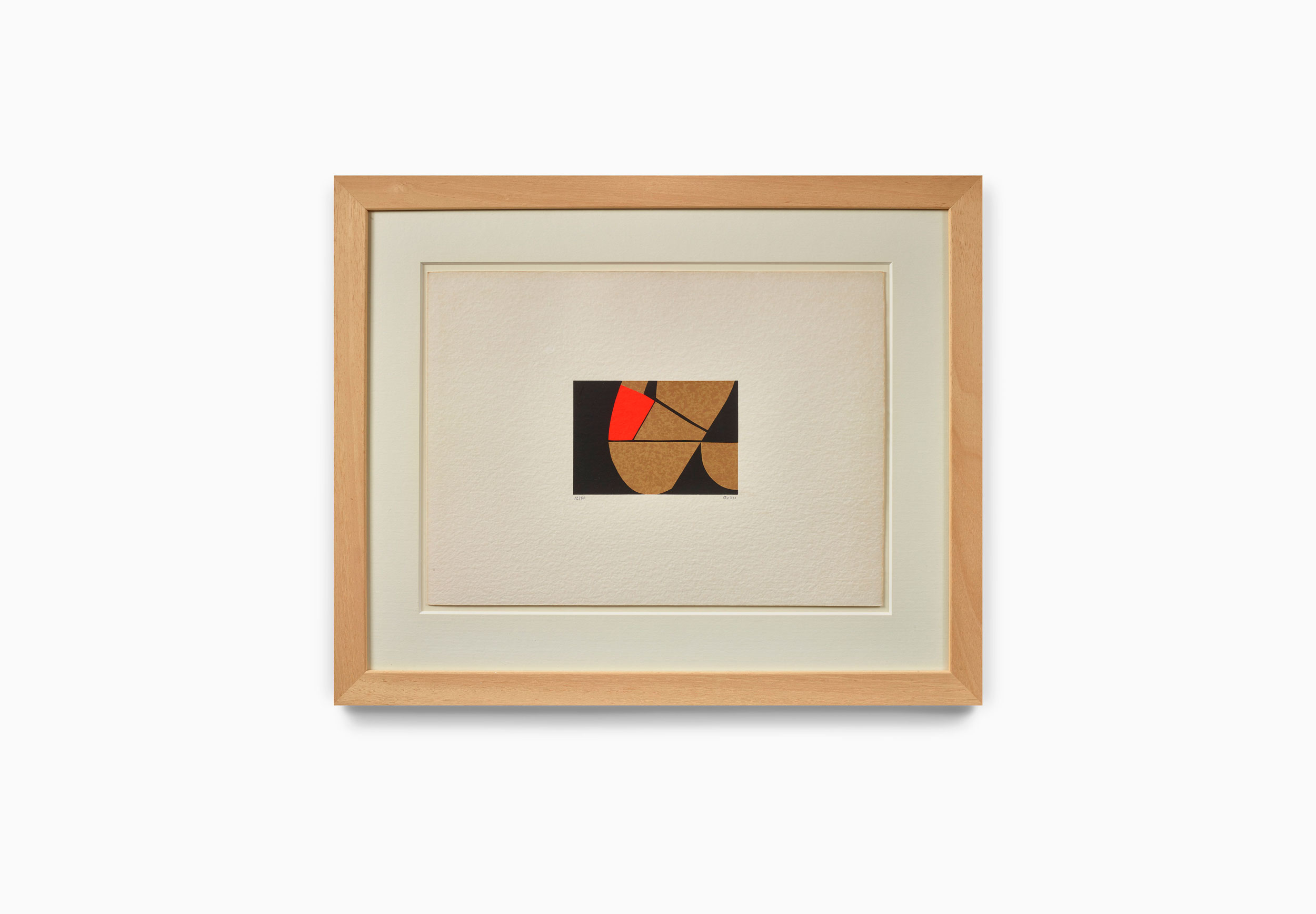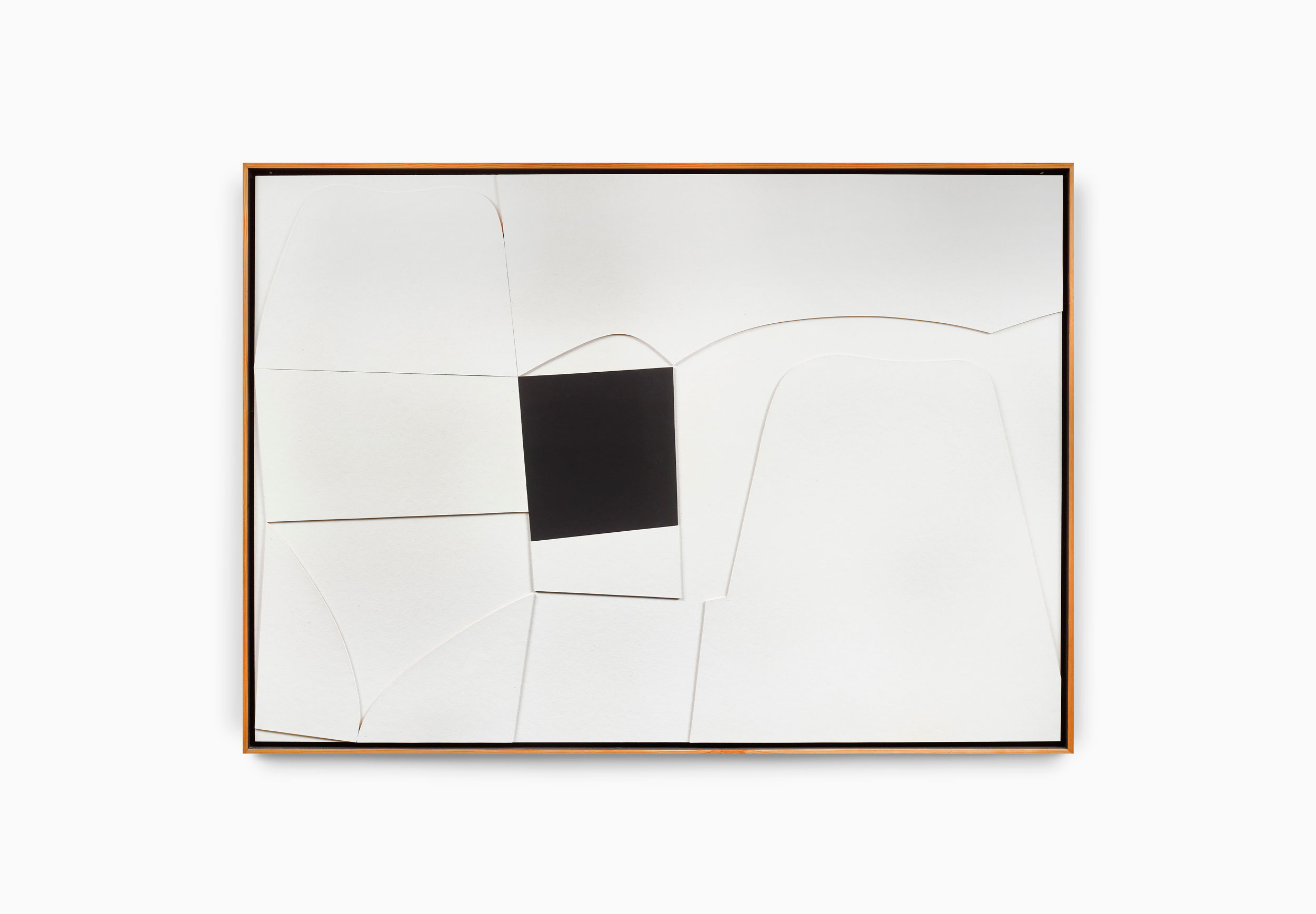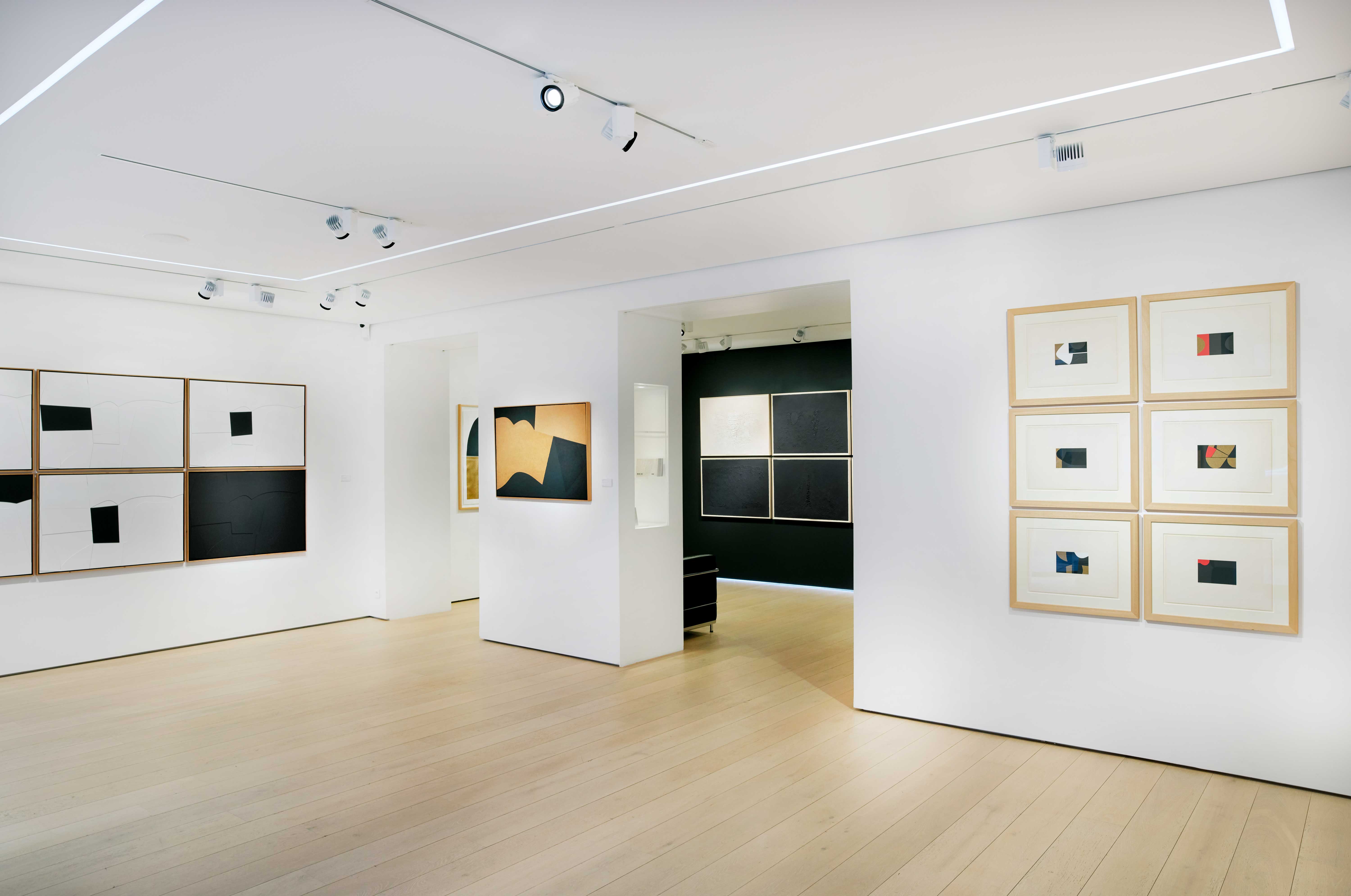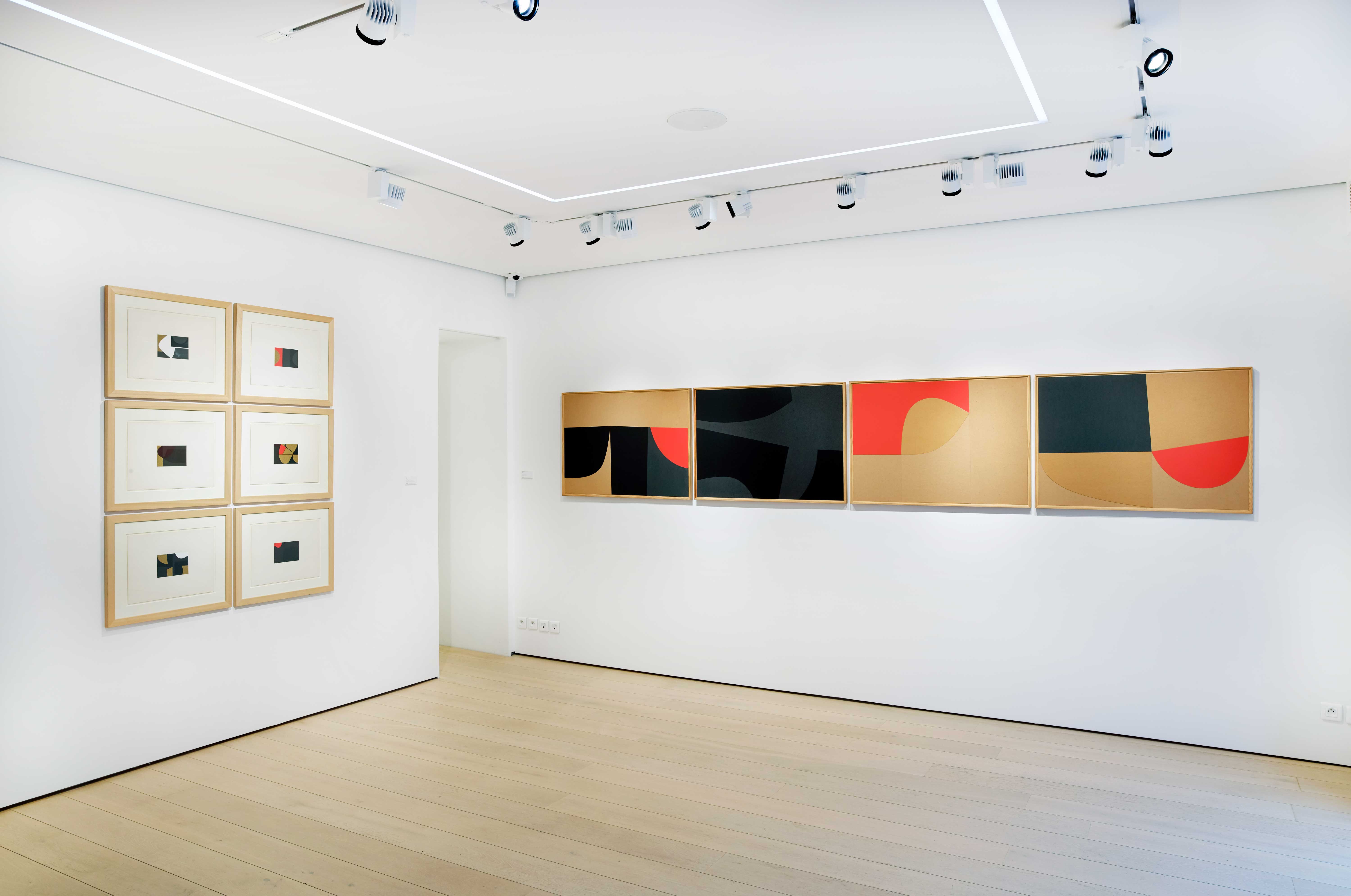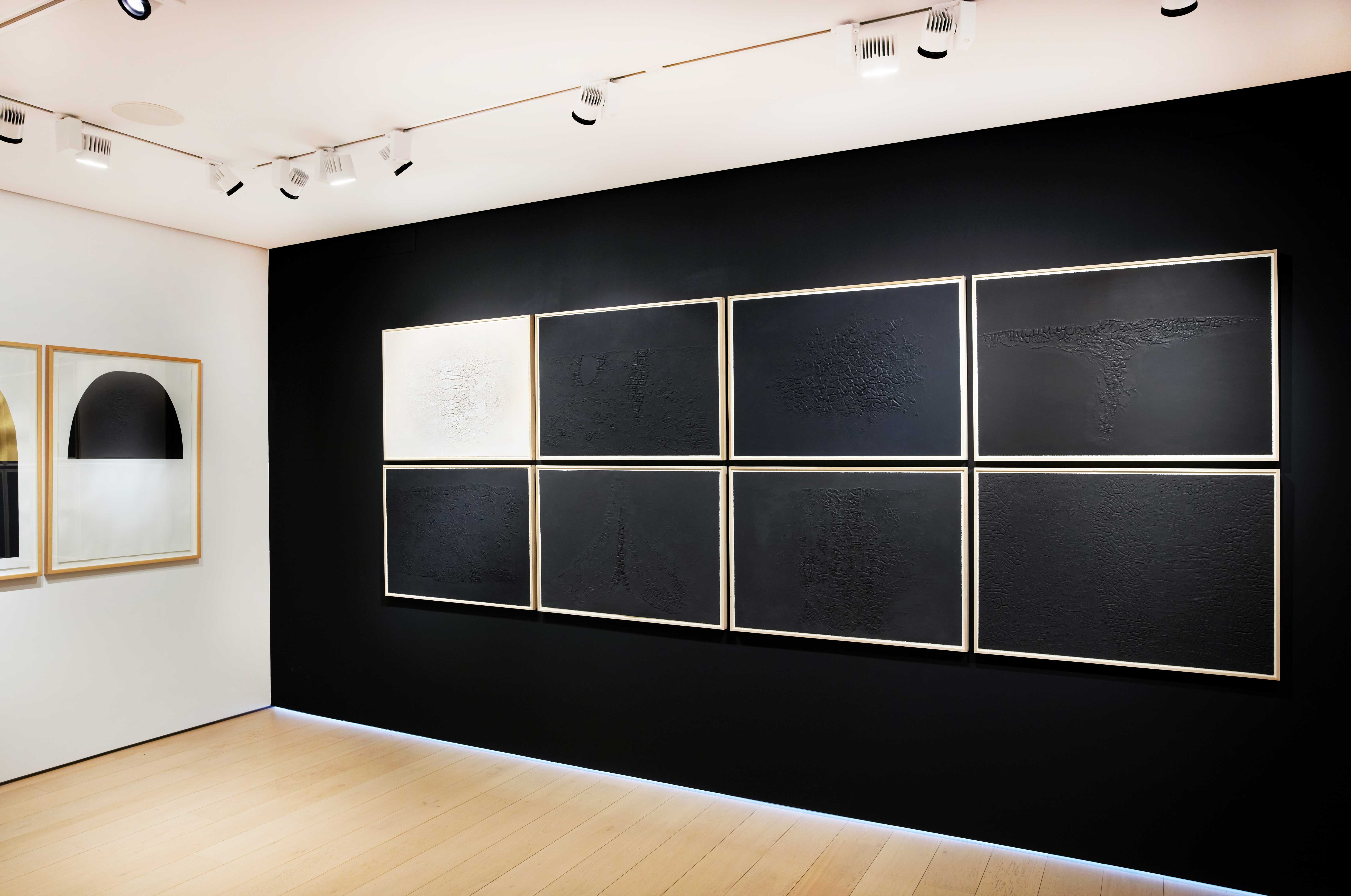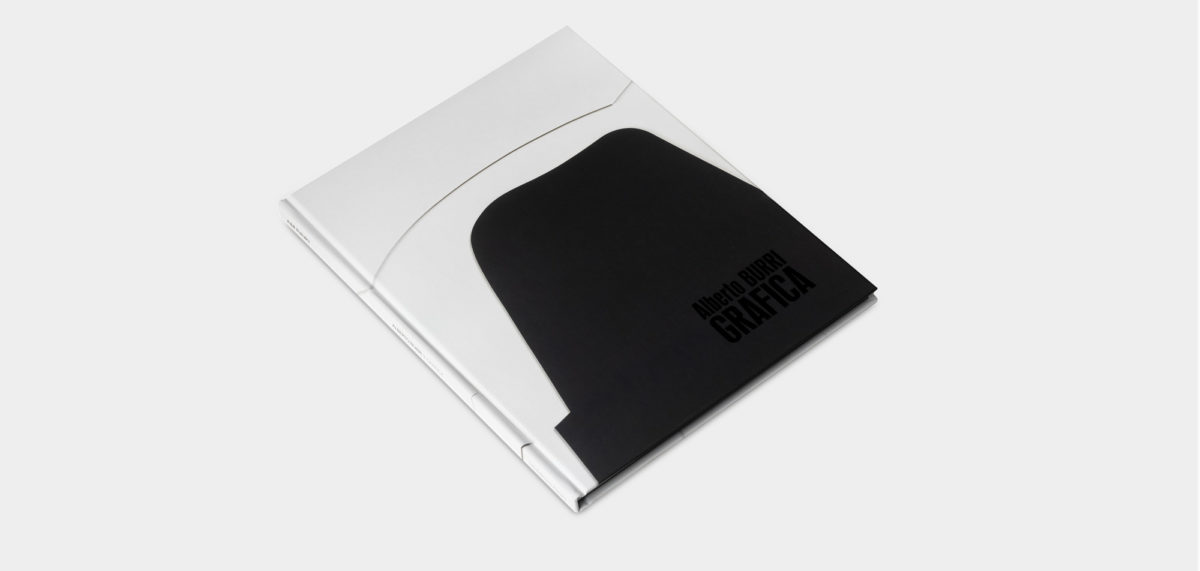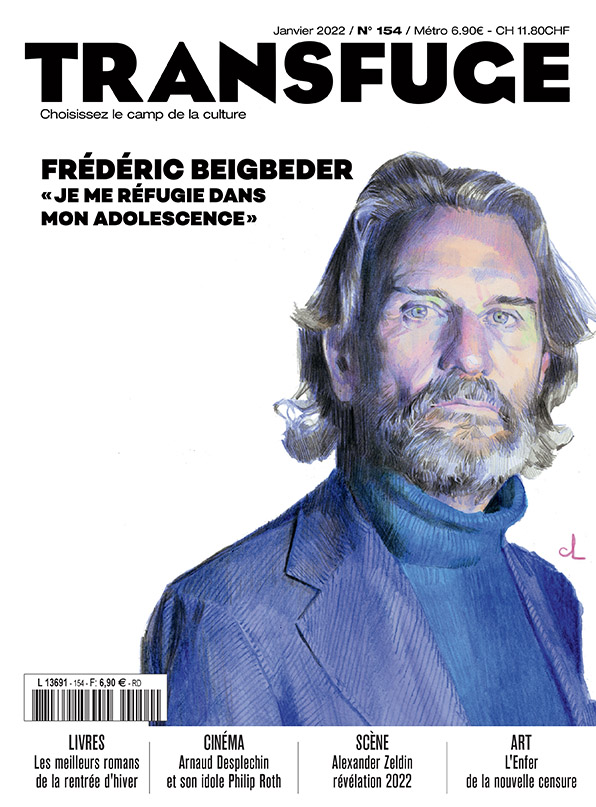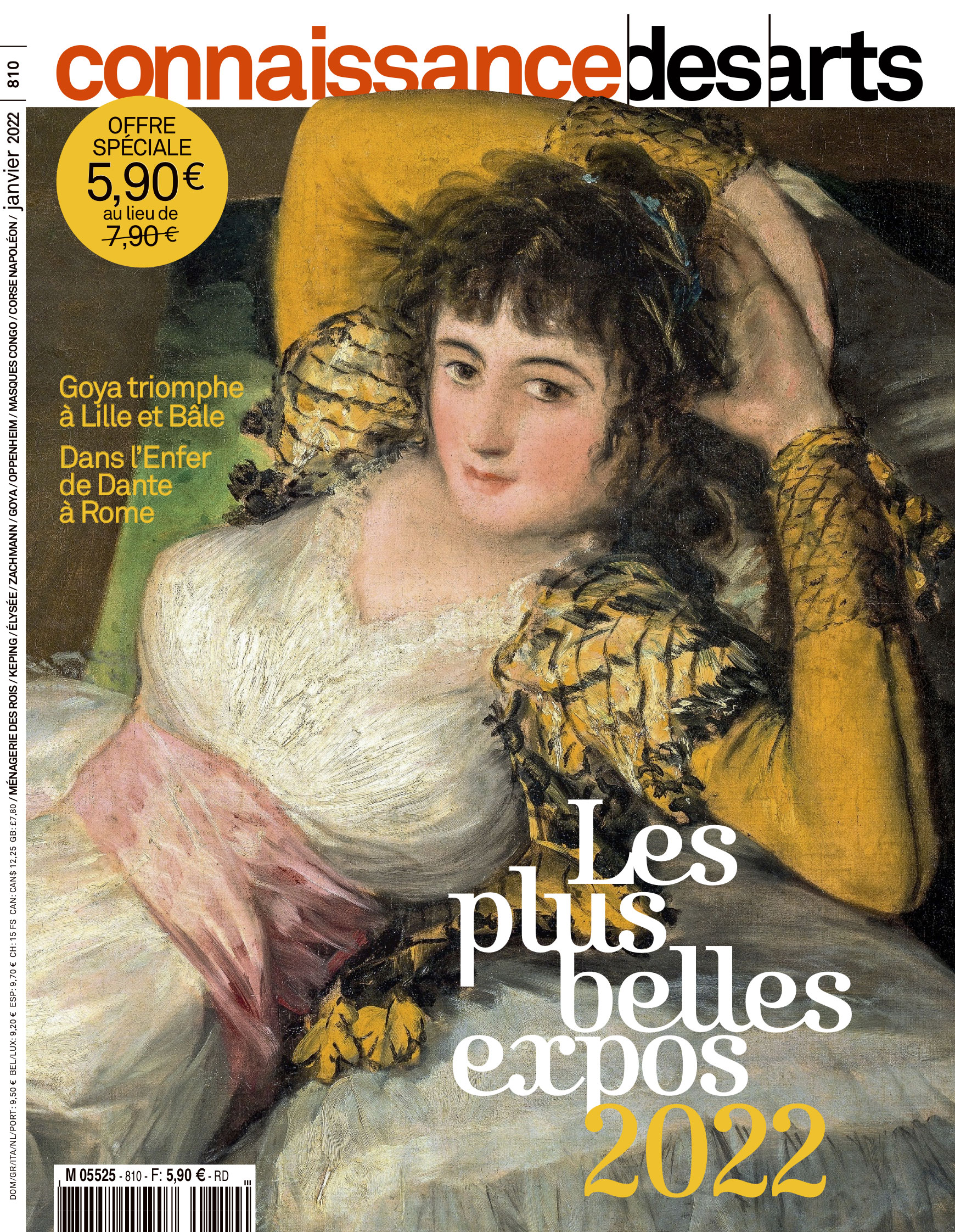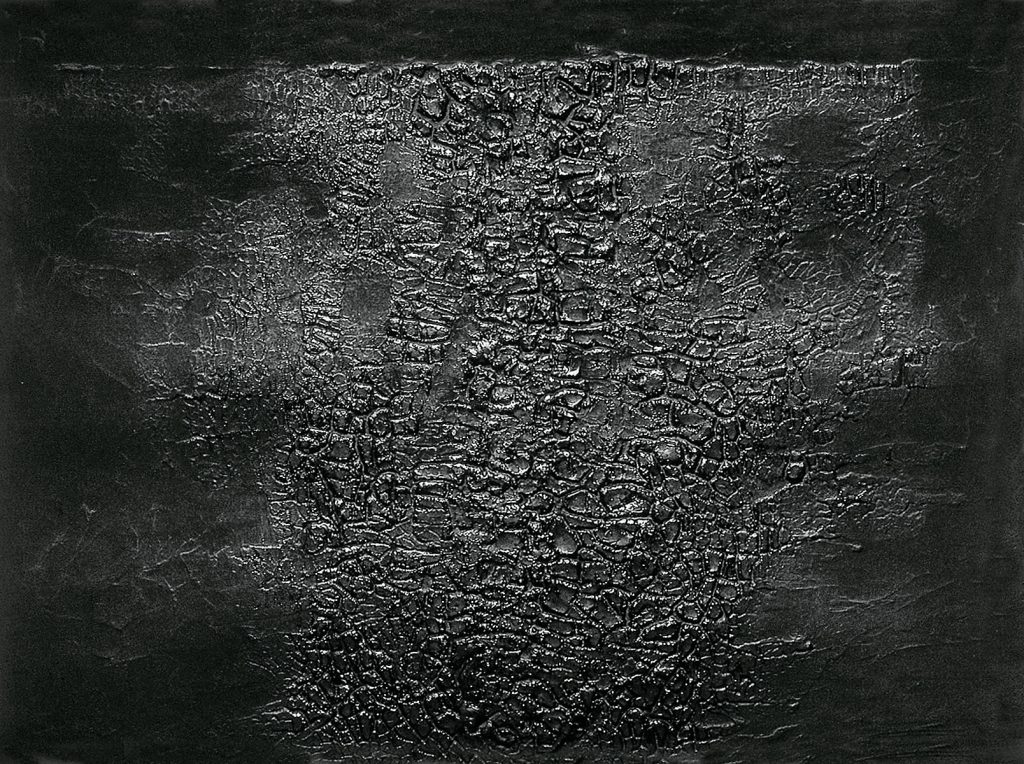“The graphic repertoire of Alberto Burri (1915-1995), who forged his singularity by favouring the unconventional use of ordinary and poor materials, will be showcased this winter on avenue Matignon by Alexandre and Richard Fleury.” L’Objet d’Art
“A leading figure in European informal art, Alberto Burri (1915-1995) is renowned for his constant research into unconventional processes and materials. The exhibition by Alexandre and Richard Fleury focuses on his graphic experiments.” L’Éventail
“The artist attaches great interest to innovation, constantly seeking new techniques to bring to his graphic works. The exhibition encourages questioning and allows for a unique graphic approach.” Maze
It is not possible to separate the graphic activity of Alberto Burri (1915-1995) from his painting: there is a two-way relationship between the two, one being the continuation of the other by other means. The artist’s experiments with the medium of painting have precise counterparts in his graphic work. However, in order to understand the specificity of grafica and its role in Burri’s artistic corpus as a whole, we must be careful not to reduce them to miniature paintings. This reading, which is quite widespread, is ultimately misleading.
Although marginal, graphic work was present from the beginning of Burri’s career and was not limited to his later years. We think for example of the pen and gold leaf drawings that illustrate the poems of Emilio Villa, one of the first and best interpreters of Burri’s artistic revolution. However, his graphic activity intensified from 1964, starting with black and white engravings with large white margins.
One of the similarities between the paintings and the engravings is the centrality of the material, an aspect of Burri’s work that remains unique in the post-war panorama of Italian art. It is so pronounced that the artist identified his cycles of works by the material used, and it was these same materials that gave the titles to the whole series. It is a strategy that eliminates any symbolic or metaphorical interpretation: these materials show nothing other than themselves, and any attempt to make them say anything else appears as a betrayal of the will of the work as much as that of the artist. Spectators and critics are thereby exposed to the faux pas of interpretation, historically unable to account for these presences that require our participation more than our words.
The singularity of Burri’s artistic career (all media combined) lies in this inexorable, relentless, obstinate progression from one material to the next, almost as if, each time, their visual possibilities had been explored to the point of exhaustion. The artist therefore had no other choice but to turn to a new material, and hence a new challenge. This trend is all the more surprising considering that the materials on which Burri focused his attention have no genealogy in the history of Western art.

